- The Importance of Winter Currant Propagation
- Understanding Rooting in Winter Currants
- 1. Cutting Selection
- 2. Inducing Root Formation
- 3. Environmental Factors
- 4. Rooting Medium
- 5. Patience and Monitoring
- Unveiling the Secret Ingredient for Successful Rooting
- The Secret Ingredient: Hormone Powder
- How to Apply Hormone Powder
- Additional Tips for Successful Rooting
- Choosing the Right Winter Currant Varieties
- Hardiness
- Size and Growth Habit
- Yield and Fruit Quality
- Resistance to Pests and Diseases
- Availability
- Preparing the Soil for Winter Currant Propagation
- 1. Soil Testing
- 2. Soil Amendments
- 3. Weed Control
- 4. Soil Moisture
- 5. Mulching
- Propagation Techniques for Winter Currants
- 1. Stem Cuttings
- 2. Layering
- 3. Grafting
- Caring for Newly Rooted Winter Currant Cuttings
- 1. Transplanting
- 2. Watering
- 3. Fertilizing
- 4. Mulching
- 5. Pruning
- 6. Protecting from Extreme Temperatures
- 7. Monitoring and Troubleshooting
- Question-answer:
- What is winter currant propagation?
- What are the benefits of winter currant propagation?
- Can I propagate currant plants from cuttings?
- What is layering in winter currant propagation?
- What is the secret ingredient for successful rooting in winter currant propagation?
- Video: Rooting Red Currant Cuttings Overwinter in my Basement Aquaponic Garden
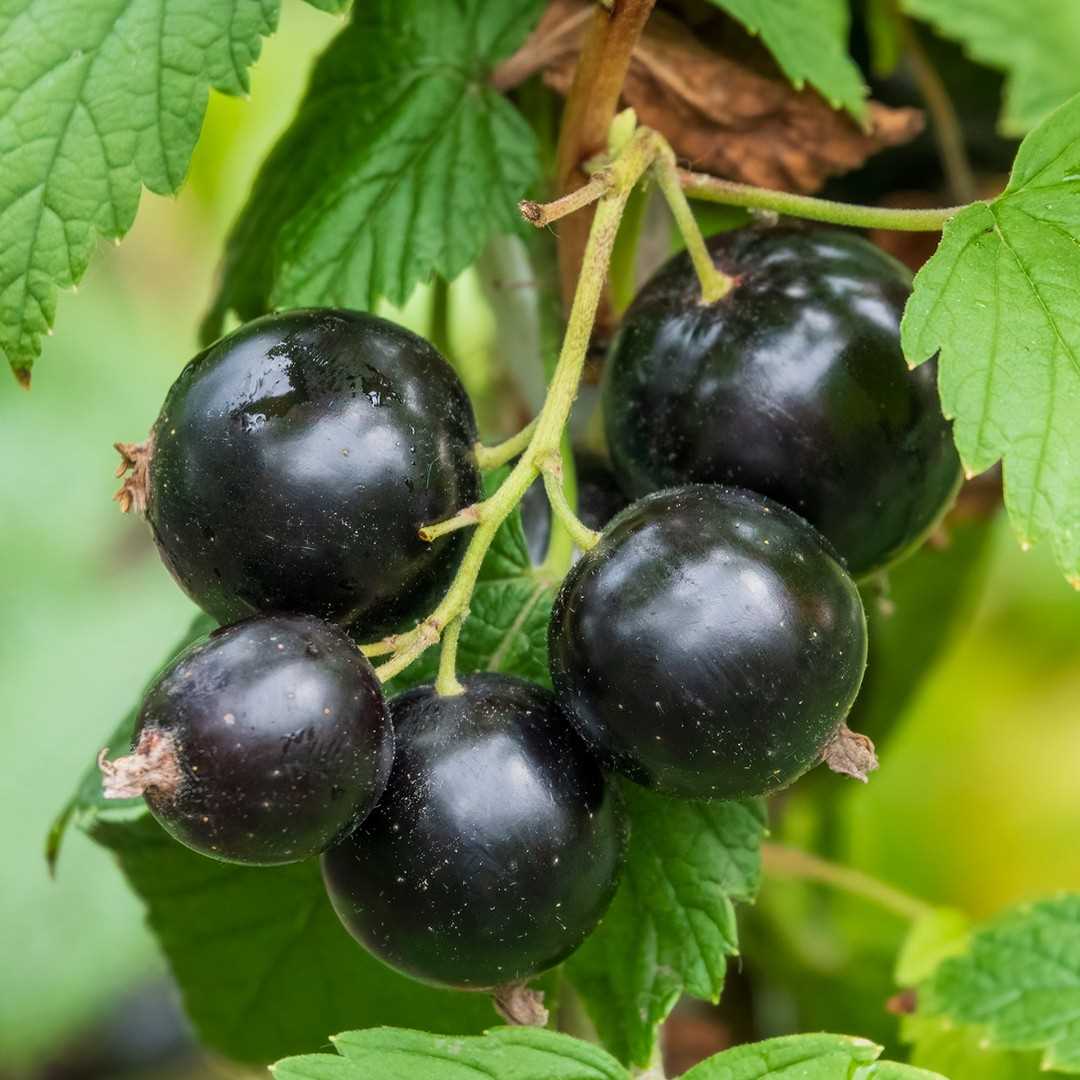
Winter currants are a popular choice among gardeners for their vibrant color and delicious tart taste. While they are relatively easy to grow, propagating winter currants can be a challenge. However, with the right knowledge and technique, anyone can successfully propagate winter currants and enjoy a bountiful harvest.
The secret ingredient for successful rooting of winter currants lies in understanding their unique characteristics and providing them with the ideal growing conditions. Winter currants are deciduous shrubs that thrive in cool and temperate climates. They are known for their ability to tolerate frost and are often grown in regions with long, cold winters.
There are several methods of propagating winter currants, but one of the most effective techniques is through hardwood cuttings. Hardwood cuttings are taken from mature, dormant stems in late winter or early spring when the plant is still in its dormant state. These cuttings are then planted in well-draining soil and provided with the right amount of moisture and sunlight to encourage root development.
One of the key factors for successful rooting of winter currant cuttings is the use of a rooting hormone. Rooting hormones contain plant growth regulators that stimulate the growth of roots and increase the chances of a successful propagation. Using a rooting hormone can significantly improve the success rate of winter currant propagation.
In addition to using a rooting hormone, proper care and maintenance are essential for the successful rooting of winter currants. It is important to keep the cuttings moist but not waterlogged, as excessive moisture can lead to rotting. Providing the cuttings with a well-balanced fertilizer will also help promote healthy root growth.
With the right technique and a little patience, gardeners can easily propagate winter currants and enjoy a thriving garden filled with these beautiful and delicious berries. Whether you are a seasoned gardener or just starting out, winter currant propagation is a rewarding and enjoyable process that allows you to expand your garden and share the joy of growing your own food.
The Importance of Winter Currant Propagation
Winter currant propagation is an essential practice for gardeners looking to expand their currant plant collection. This technique involves taking cuttings of currant plants during the dormant winter months and encouraging them to form roots, resulting in new plants that can be transplanted later.
There are several reasons why winter currant propagation is important:
- Plant Preservation: Winter currant propagation allows gardeners to preserve and propagate their favorite currant varieties. This is particularly important for heirloom or rare currant plants that may be difficult to obtain through other means.
- Cost-Effective: Propagating currants through cuttings is a cost-effective way to expand your currant collection. Instead of purchasing new plants, you can create multiple plants from a single parent plant.
- Genetic Diversity: Winter currant propagation helps maintain genetic diversity within currant varieties. By propagating from different plants, gardeners can ensure a mix of genetic traits in their new plants, improving overall resilience and adaptability.
- Control over Growth Conditions: When propagating currants through winter cuttings, gardeners have greater control over the growth conditions of the new plants. This includes selecting the type of soil, amount of sunlight, and watering schedule, which can help optimize the plants’ overall health and productivity.
Overall, winter currant propagation is an important technique for both casual and experienced gardeners alike. It offers a cost-effective way to expand currant plant collections, preserve rare varieties, and maintain genetic diversity. By taking advantage of the dormant winter months, gardeners can uncover the secret ingredient for successful rooting and enjoy a flourishing currant garden in the seasons to come.
Understanding Rooting in Winter Currants
Rooting in winter currants is a crucial process in the propagation of these plants. It involves the development of new roots from cuttings taken from a mature plant. Understanding the factors that influence rooting can greatly increase the success rate of propagating winter currants.
1. Cutting Selection
The first step in successful rooting is to select the right cuttings. Choose cuttings that are healthy and disease-free. Ideally, the cuttings should be about 6-8 inches long, with at least two nodes. The nodes are where the new roots will develop.
2. Inducing Root Formation
Once you have selected the cuttings, the next step is to induce root formation. There are several methods that can be used to do this:
- Using a rooting hormone: Applying a rooting hormone to the base of the cutting can stimulate root growth.
- Misting: Keeping the cuttings moist by misting them regularly can encourage root development.
- Bottom heat: Providing bottom heat to the cuttings can speed up root formation. This can be done by placing the cuttings on a heated propagation mat.
3. Environmental Factors
The environment in which the cuttings are kept also plays a crucial role in rooting success. Here are some factors to consider:
- Temperature: Winter currants root best at temperatures between 70-75°F (21-24°C).
- Humidity: Maintaining high humidity around the cuttings can prevent them from drying out and promote root development.
- Light: Winter currant cuttings should be kept in a bright but indirect light, as direct sunlight can be too harsh and cause damage.
4. Rooting Medium
The choice of rooting medium can also affect the success of rooting in winter currants. A well-draining medium such as a mix of peat moss and perlite or vermiculite is recommended. This allows for good aeration and moisture retention, facilitating root development.
5. Patience and Monitoring
Rooting takes time, and it is important to be patient. It can take several weeks for the cuttings to develop roots. During this time, it is essential to monitor the cuttings regularly, checking for signs of root development and adjusting the environmental conditions if necessary.
By understanding the process of rooting in winter currants and implementing the appropriate techniques, you can greatly increase your chances of success in propagating these beautiful plants.
Unveiling the Secret Ingredient for Successful Rooting
Rooting winter currants can be a challenging task, as these plants require specific conditions to establish a healthy root system. However, there is a secret ingredient that can greatly enhance the success rate of rooting winter currants.
The Secret Ingredient: Hormone Powder
Hormone powder is a magical substance that can significantly increase the chances of successful rooting in winter currants. It contains auxin, a plant hormone that promotes root development and stimulates cell division in the plant’s stem.
How does hormone powder work?
When you dip the cutting of a winter currant into hormone powder and plant it in a suitable rooting medium, the hormone stimulates the growth of new roots. It helps the cutting form a callus, a protective tissue that covers the wound and encourages the development of roots. This callus then differentiates into root primordia, which eventually grow into a mature root system.
How to Apply Hormone Powder
Applying hormone powder to your winter currant cuttings is a simple process. Follow these steps:
- Prepare your cutting by removing any leaves from the bottom half of the stem.
- Dip the bottom end of the cutting into hormone powder, making sure to coat it evenly.
- Shake off any excess powder.
- Plant the cutting in a rooting medium, such as perlite or vermiculite.
- Water the cutting lightly and place it in a warm and humid environment.
- Monitor the cutting’s progress and provide appropriate care until it establishes a strong root system.
Additional Tips for Successful Rooting
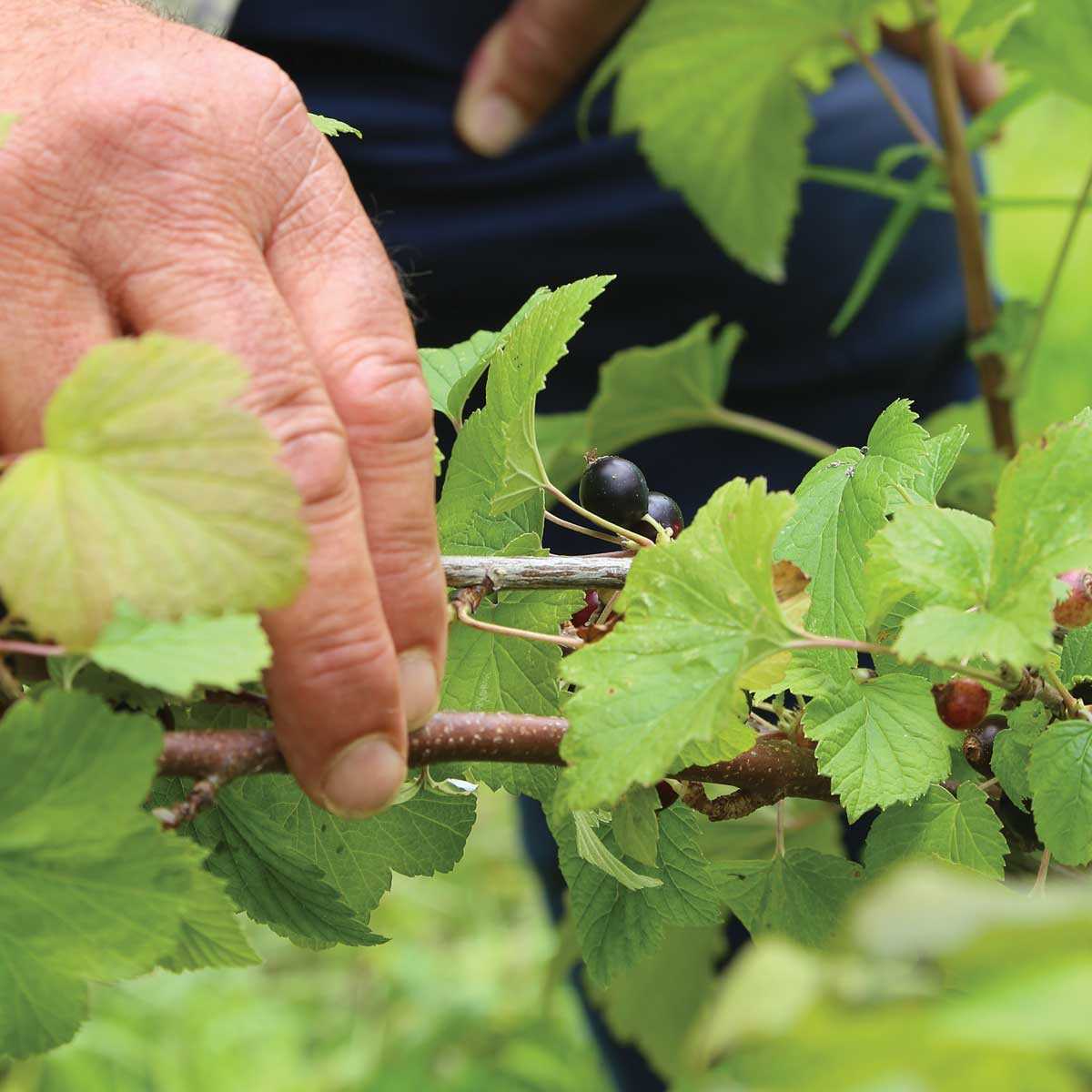

In addition to using hormone powder, following these tips can further increase your chances of successful rooting:
- Choose healthy and disease-free winter currant cuttings.
- Use a well-draining rooting medium to prevent waterlogged conditions.
- Provide adequate humidity by covering the cutting with a plastic bag or using a misting system.
- Place the cuttings in a location with bright, indirect light.
- Regularly inspect the cuttings for any signs of disease or rot and take appropriate action if necessary.
- Be patient and give the cuttings enough time to develop a strong root system.
| Secret Ingredient: | Hormone powder containing auxin |
| Application: | Dip the cutting in hormone powder, plant in a rooting medium, and provide appropriate care. |
| Additional Tips: | Choose healthy cuttings, use well-draining medium, provide adequate humidity and light, and be patient. |
Choosing the Right Winter Currant Varieties
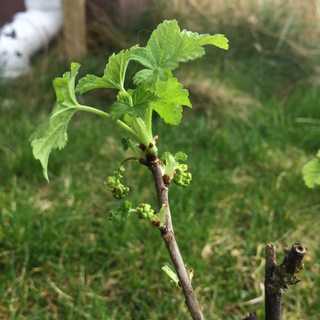

Winter currants are a popular choice for gardeners due to their ability to thrive in cold temperatures and produce delicious fruit. When it comes to choosing the right winter currant varieties for propagation, there are a few key factors to consider.
Hardiness
One of the most important factors to consider when choosing winter currant varieties is their hardiness. Different varieties have varying levels of tolerance to cold temperatures, so it’s essential to select varieties that are suited to your specific climate. Hardiness zones can help guide your selection, with lower numbered zones indicating colder temperatures.
Size and Growth Habit
Winter currant varieties come in a range of sizes and growth habits. Some varieties are tall and upright, while others have a more spreading or compact growth habit. Consider the available space in your garden and choose varieties that will fit well and complement other plants in your landscape design.
Yield and Fruit Quality
The yield and fruit quality of winter currant varieties can vary significantly. Some varieties produce larger fruit clusters while others have smaller and more abundant berries. Consider your preferences for fruit size and flavor, as well as the quantity of fruit you would like to harvest, when choosing the right winter currant varieties.
Resistance to Pests and Diseases
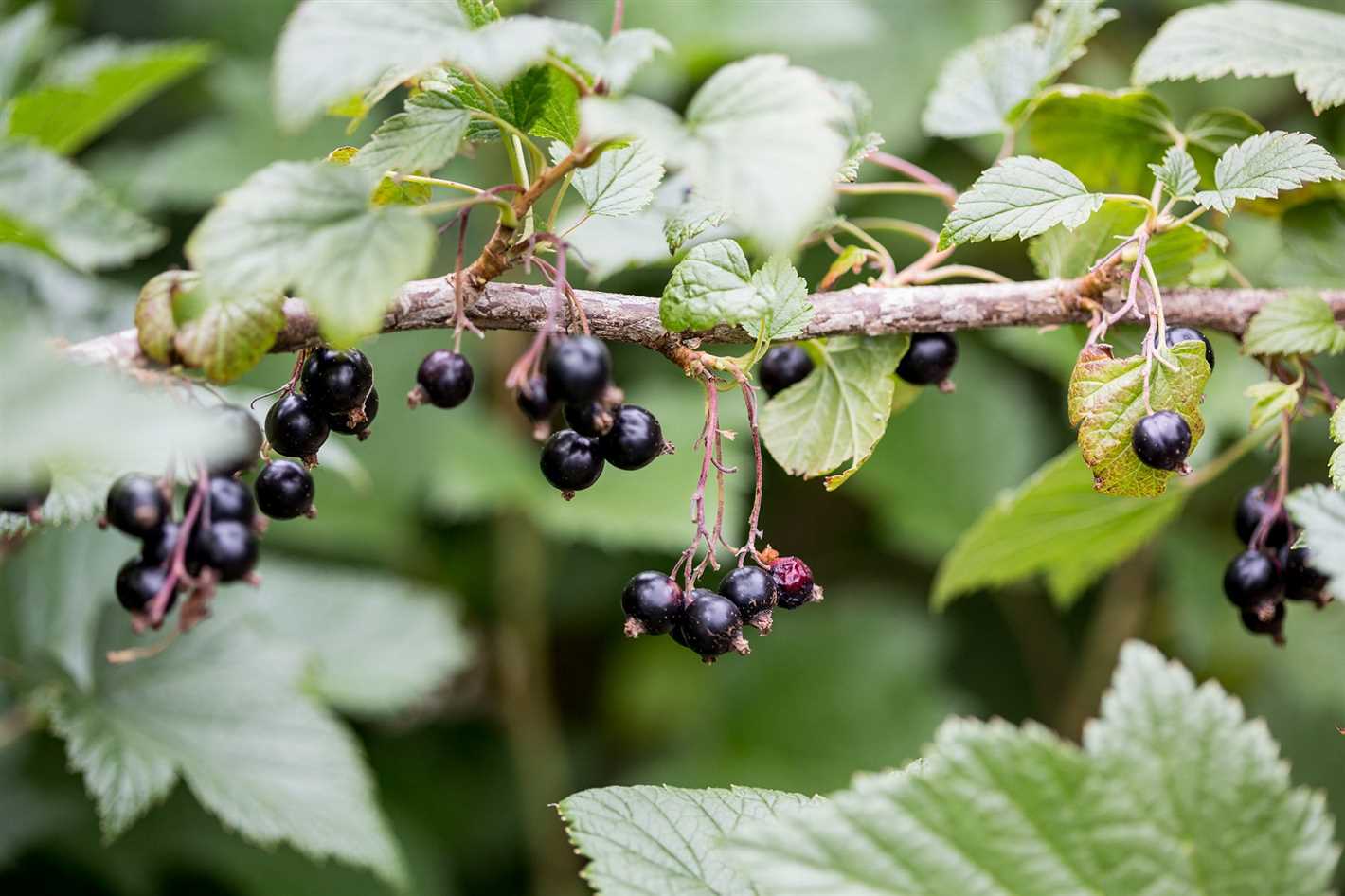

Another important factor to consider is the resistance of winter currant varieties to pests and diseases. Some varieties may have natural resistance to common pests and diseases, reducing the need for chemical interventions. Research and choose varieties that have a reputation for good resistance to ensure healthier and more productive plants.
Availability
It’s essential to consider the availability of the winter currant varieties you are interested in. Some varieties may be more readily available in certain regions or nurseries than others. Research local sources or nurseries that specialize in winter currant propagation to ensure you can obtain the specific varieties you desire.
| Variety | Hardiness Zone | Size | Yield | Resistance |
|---|---|---|---|---|
| Blackcurrant ‘Titania’ | 4-7 | Tall and Upright | High | Pest and Disease Resistant |
| Redcurrant ‘Jonkheer van Tets’ | 3-7 | Tall and Spreading | Medium | Pest and Disease Resistant |
| Whitecurrant ‘Blanka’ | 4-7 | Compact | High | Pest and Disease Resistant |
Preparing the Soil for Winter Currant Propagation
Before starting the propagation process for winter currants, it is crucial to prepare the soil appropriately. The quality of the soil will directly affect the success rate of rooting and the overall health of the plants. Here are some essential steps to follow when preparing the soil:
1. Soil Testing
The first step is to test the soil to determine its composition and pH level. Winter currants thrive best in slightly acidic soil with a pH range of 5.5 to 6.5. A soil testing kit can be used to easily measure the pH level. If the pH is too high, it can be adjusted by adding sulfur or aluminum sulfate to lower it.
2. Soil Amendments
Based on the soil test results, amendments may be needed to improve the soil structure and fertility. Adding organic matter, such as compost or well-rotted manure, can enhance the soil’s nutrient content and improve its drainage capabilities. It is generally recommended to incorporate a 2-4 inch layer of organic matter into the top 6-8 inches of soil.
3. Weed Control
Before planting winter currant cuttings, it is essential to control any weeds or grass in the propagation area. Weeds can compete with the currant plants for nutrients, water, and sunlight, leading to reduced growth and success rates. Manual removal or the use of herbicides can be effective methods for weed control.
4. Soil Moisture
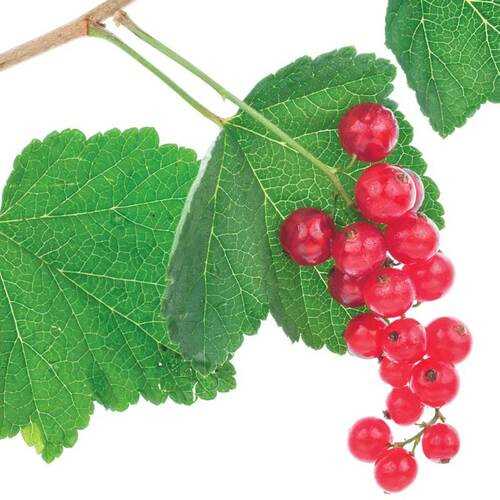

Proper soil moisture is critical for root development and successful winter currant propagation. The soil should be moist, but not overly saturated, to provide optimal conditions for rooting. It is important to check the soil moisture regularly and make sure it remains consistently moist throughout the rooting process.
5. Mulching
After planting the winter currant cuttings, applying a layer of organic mulch around the plants can help conserve moisture, control weeds, and regulate soil temperature. Mulch can be made from materials such as straw, wood chips, or shredded leaves. It is recommended to apply a 2-4 inch layer of mulch, keeping it a few inches away from the base of the plants.
By following these steps and ensuring the soil is properly prepared, you can create favorable conditions for winter currant propagation and increase the chances of successful root development. Remember to regularly monitor the soil moisture, provide adequate nutrition, and maintain a weed-free environment for the best results.
Propagation Techniques for Winter Currants
Winter currants can be propagated using several techniques that have proven successful in ensuring successful rooting. These techniques include:
1. Stem Cuttings
One of the most popular propagation techniques for winter currants is using stem cuttings. Here’s how you can do it:
- Select healthy, disease-free stems from a mature winter currant plant.
- Cut the stems into 4-6 inch lengths, ensuring that each cutting has at least 2-3 nodes.
- Remove the lower leaves from the cutting, leaving only a few leaves at the top.
- Dip the cut end of the stem in rooting hormone to promote root development.
- Plant the cuttings in a well-draining soil mix, ensuring that the bottom node is buried in the soil.
- Place the planted cuttings in a shaded area with high humidity, such as a greenhouse or a propagation tray covered with a plastic dome.
- Maintain the soil moisture by misting the cuttings regularly.
- After a few weeks, check for root development by gently tugging on the cuttings. If there is resistance, roots have formed.
- Transplant the rooted cuttings into individual pots or directly into the garden.
2. Layering
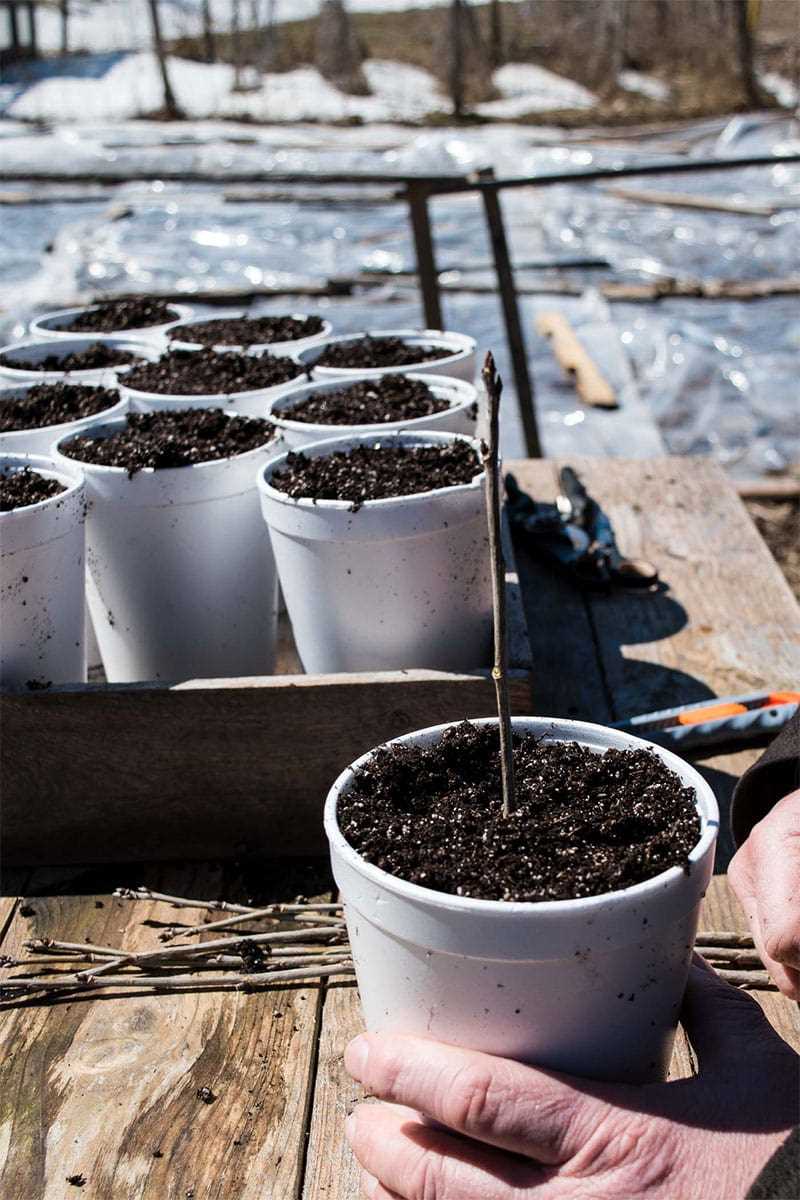

Layering is another effective propagation method for winter currants. Here’s how it’s done:
- Select a healthy, low-growing branch from a mature winter currant plant.
- Make a small incision on the underside of the branch, just above a node.
3. Grafting
Grafting is a more advanced propagation technique that can also be used for winter currants. Here’s how it’s done:
- Select a winter currant rootstock and a desired winter currant variety for grafting.
By utilizing these propagation techniques, you can successfully cultivate a collection of winter currant plants and enjoy their beautiful foliage and delicious berries year after year.
Caring for Newly Rooted Winter Currant Cuttings
After successfully rooting your winter currant cuttings, it is crucial to provide the appropriate care to ensure their healthy growth and development. Here are some essential steps to follow:
1. Transplanting
Once the cuttings have developed roots of sufficient length (around 2-3 inches), they can be transplanted into individual pots or a prepared outdoor location. It is recommended to use well-draining soil and ensure that the planting site receives adequate sunlight.
2. Watering
Proper watering is essential for the establishment of newly rooted winter currant cuttings. Ensure that the soil is consistently moist but not overly saturated. Overwatering can cause root rot, while underwatering can lead to the cutting drying out.
3. Fertilizing
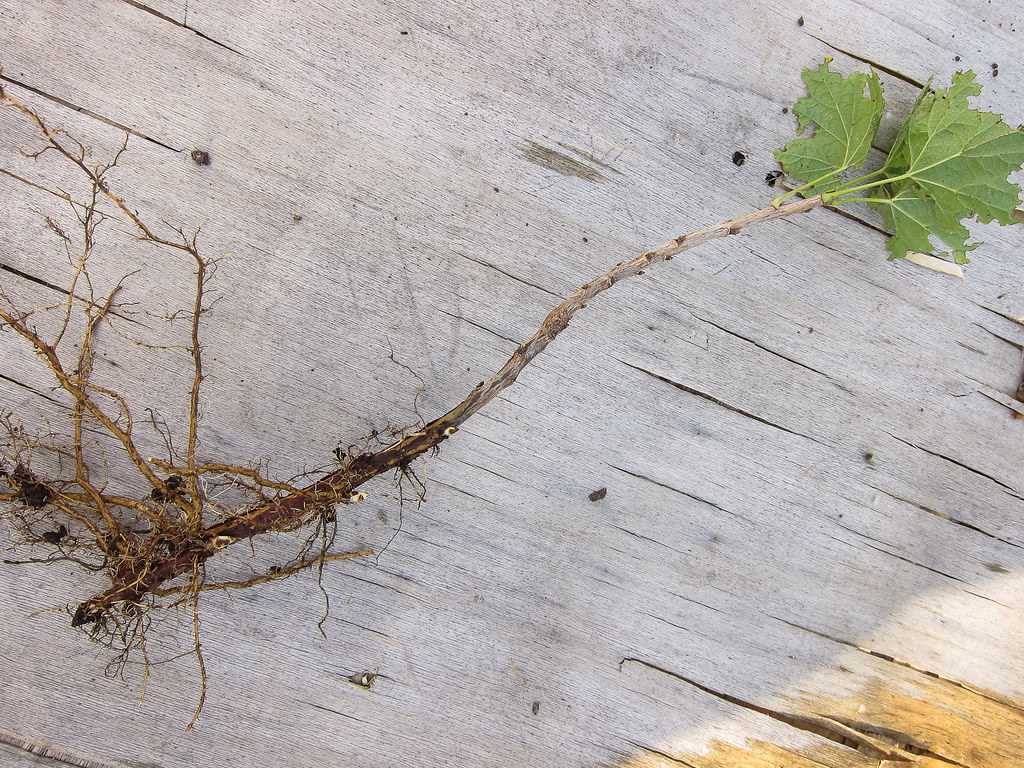

Apply a balanced liquid fertilizer, following the manufacturer’s instructions, to supply the nutrients necessary for the growth of the winter currant cuttings. It is generally recommended to start fertilizing about a month after transplanting and continue on a regular schedule throughout the growing season.
4. Mulching
Applying a layer of organic mulch around the base of the winter currant cuttings can help conserve moisture, suppress weed growth, and regulate soil temperature. Use materials such as straw, wood chips, or compost, and ensure the mulch is not in direct contact with the stems.
5. Pruning
Regular pruning is vital for shaping and maintaining the overall health of winter currant plants. Once the cuttings have established and started to grow, remove any dead or diseased branches, as well as any crossing or overcrowded stems. This will encourage better airflow and reduce the risk of disease.
6. Protecting from Extreme Temperatures
Winter currant cuttings are generally hardy, but it is important to protect them from extreme temperatures, especially during their first winter. Consider using a layer of mulch or a temporary cover to shield them from freezing temperatures and harsh winds.
7. Monitoring and Troubleshooting
Regularly monitor the health of your winter currant cuttings by inspecting the foliage for signs of pests or diseases. Treat any issues promptly and accordingly to prevent the spread of damage to the entire plant.
By providing these proper care techniques, you can ensure the successful growth and development of your newly rooted winter currant cuttings. With time and attention, you will be rewarded with healthy, productive plants that will provide an abundance of flavorful berries.
Question-answer:
What is winter currant propagation?
Winter currant propagation is a method of reproducing currant plants during the winter season through various techniques such as cuttings, layering, or grafting.
What are the benefits of winter currant propagation?
Winter currant propagation provides several benefits, including the ability to propagate a large number of plants from a single parent plant, the ability to produce plants with desirable traits, and the ability to preserve rare or endangered currant varieties.
Can I propagate currant plants from cuttings?
Yes, currant plants can be propagated from cuttings. Hardwood cuttings are commonly used for currant propagation, and they are taken from the parent plant during the dormant winter season.
What is layering in winter currant propagation?
Layering is a propagation technique where a branch of the parent plant is bent down and buried in the soil, causing it to form roots and develop into a new plant. This can be done during the winter season when the plant is dormant.
What is the secret ingredient for successful rooting in winter currant propagation?
The secret ingredient for successful rooting in winter currant propagation is the use of a rooting hormone. This hormone helps stimulate root growth in the cutting or layered branch, increasing the chances of successful propagation and plant establishment.







